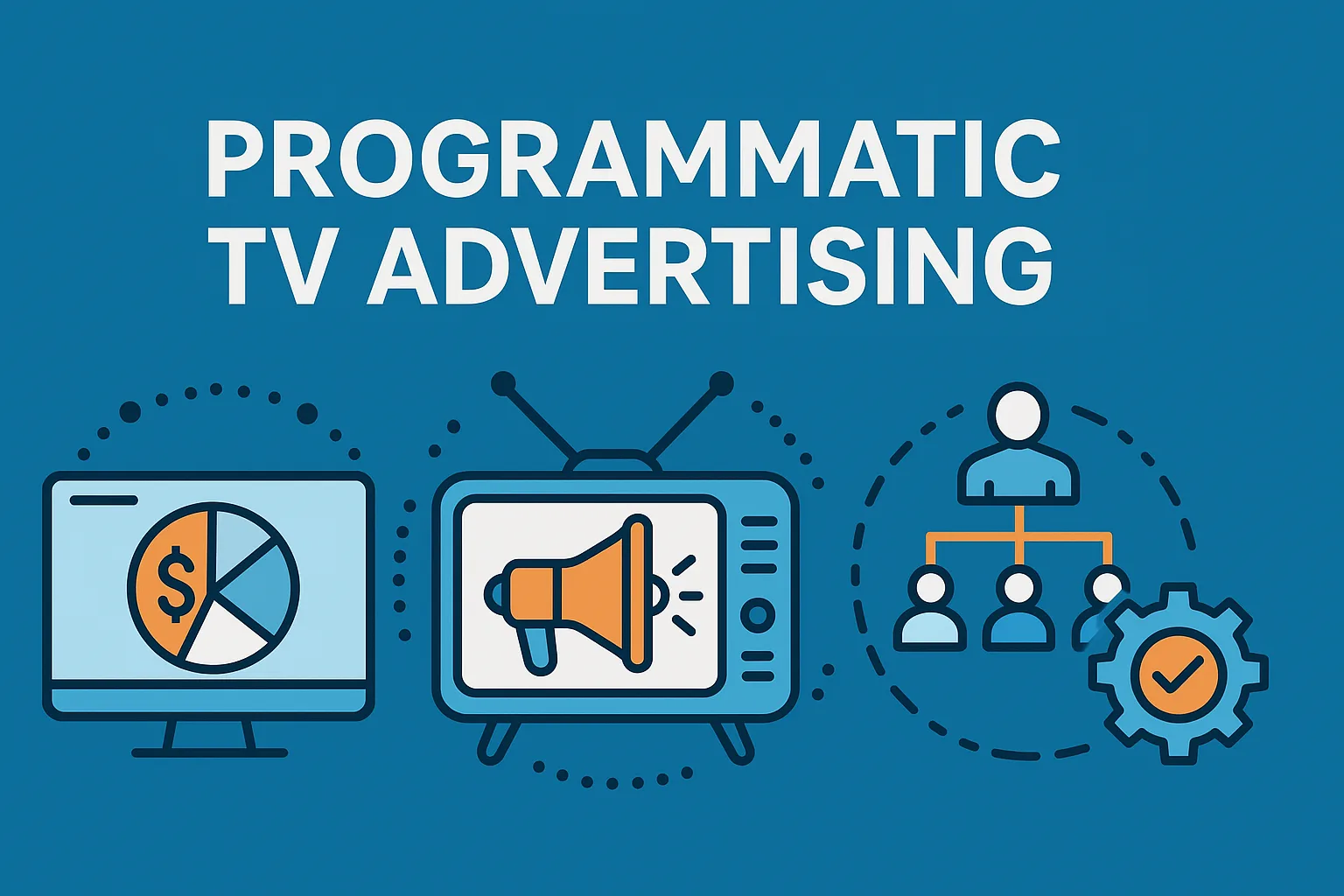01, Jun 2025
Programmatic has grown to be a popular method of purchasing digital impressions and is set to become a revolutionary model in TV advertising. Via bespoke software, the system automates the buying of media inventory within a specific target demographic.
Where traditionally the marketing of a sports product might be aimed at the viewers of a sporting show, programmatic enables broadcast to an audience with, say, a particular income bracket, whether they are tuned into a sports programme or not. This methodology will see a significant boost in the value of TV inventory.
Is Real-Time Bidding a Method of Purchase?
Once the suitability of the inventory has been determined by the software, it can be purchased. While RTB (real-time bidding) is a common way of buying online media, because there is a limited supply in the TV marketplace, it will not be a primary purchasing method for programmatic TV advertising—although it is likely to still be used in some cases.
Benefits of Programmatic TV Advertising:
Programmatic TV advertising enables the instantaneous and data-driven purchase of inventory. As such, broadcasters and distributors are able to fully monetise their inventories, while advertisers benefit from even more specific targeting.
Traditionally, the buying and selling of TV inventory has incurred numerous manual procedures including requests for proposals, insertion orders, and ad trafficking. Programmatic cuts out many of these labour-intensive tasks, making the whole process more efficient.
It is not just the networks and marketers who stand to gain from adopting the approach. Programmatic TV advertising is also beneficial to audiences, as viewers are not subjected to irrelevant or repetitive advertisements.
Will It Really Catch On?
There is a great deal of speculation on how successful programmatic TV advertising will become. In the United States, the market is currently worth around seventy billion dollars per year, and its value is expected to rise to approximately eighty-four billion dollars by 2018.
Long-term players in the TV industry have expressed scepticism, and many voice the mindset of: “if it’s not broken, why fix it?” There is a wariness of commoditising or devaluing prime time commercial space.
However, as RTB is unlikely to be a common buying method for programmatic TV advertising, this shouldn’t be a major issue. In these early stages, it is likely that large networks will lack the motivation to adopt programmatic, whereas the lower-tier channels—who possess an abundance of inventory—will probably embrace the approach a lot quicker.
In 2015, it is anticipated that three to five percent of TV inventory will be sold programmatically. At present, the most efficient software can automate insertion orders and make use of basic demographic information.
The technology is unable to provide certainty that the target audience is definitely watching, or whether it’s a target’s friend or relative. Although current data in the marketplace is not yet as sophisticated as it is across digital media, trusted information will become more accessible, which is why programmatic has a lot of potential. The progression of programmatic TV advertising has been likened to the emergence of computerisation in the 1980s.
The Future of TV Advertising:
It’s clear that programmatic TV advertising is going to take a while to catch on, but many have already recognised the benefits that it provides.
Software companies have begun to offer systems that allow media partners to sell TV inventory using the same tools as for online advertisements. Developments like this pave the way for a uniform approach, and a method of cross-screen execution that means consumers can be targeted whether they are watching TV or using a mobile device.
The advancements that go hand in hand with programmatic have the potential to revolutionise the industry, completely changing TV advertising as we know it.

Post A Comment